“Virtual Reality” headsets first appeared in the 1950s, but tech companies weren’t able to manufacture them for widespread commercial use until the 2010s.
While the majority of us are probably most familiar with virtual reality in the context of gaming, VR is gradually finding more and more uses. Virtual reality company providing immersive VR experiences and training is quickly gaining recognition as a flexible tool that can be utilised to deliver an immersive experience that can complete several tasks, from professional training to art and culture and even the medical area.
VR in Professional Training

Virtual reality has been employed to help with several occupations’ training since its inception. In virtual reality (VR), professionals from various fields can rehearse a scenario repeatedly, allowing them to execute it with minimal errors when the chips are down. This is undoubtedly the key to saving a great number of lives.
Does virtual reality, however, have a role in the business world? With remote work growing in popularity and possibly even becoming the norm, virtual reality seems to hold the potential to address a number of the problems that come with it.
Employers can use virtual reality (VR) to provide componential and “in-situ” work training for their new hires, just as their counterparts in the military, medical or other fields. VR will also give businesses a place to conveniently present their goods to customers.
Virtual reality (VR) allows the user to see the final product directly, and instruction manuals can even be uploaded directly into the program. This eliminates the need to fumble through pages of instructions trying to figure out how your chair is supposed to look.
Though most jobs still consider virtual reality (VR) to be too high-tech for most people to use on a daily basis, as VR technology becomes more widely available and simpler to create, it seems that VR could hold the key to solving some of the issues that businesses are currently facing.
VR industrial training is a technological phenomenon that has revolutionised our perception of the world around us and is likely to continue doing so. Since virtual reality (VR) emerged as one of the more approachable components of science fiction, demand for it from both consumers and experts has only increased.
This technology is rapidly becoming more and more accessible, therefore it’s likely that this instrument will become a household name sooner rather than later.
VR in Art Spaces

Virtual reality art exhibitions are not a brand-new idea; artists have always been among the first to experiment with new technologies and their uses.
But when Covid-19 emerged in 2020 and many art museums had to temporarily close their doors, virtual reality (VR) swiftly emerged as a means of filling the hole.
Now, you might spend hours “walking” around your home and essentially doing the same thing, as opposed to spending hours strolling around a museum admiring the artwork. Furthermore, it provided essentially the same experience without the expense of travelling to the famous museums of art.
What started as a short-term fix has evolved into something that appears to be here to stay. A significant advancement in technology and the history of art will be achieved with the September 2020 opening of the Virtual Online Museum of Art (VOMA).
The art industry appears ready to take advantage of the phenomenon and appears to understand that VR offers spectators and artists alike special chances and experiences.
With an increasingly strong marriage between this particularly interactive medium and the seemingly endless potential, it gives artists, a new era in the art world is being heralded by the rising experimentation and incorporation of VR and AR aspects into artwork by artists.
VR in Mental Health

In today’s world, excessive stress is sadly becoming the norm, and the quickly shifting political, social, and economic environment isn’t doing much to stop it.
To relieve the constant strain on our shoulders, more and more people are turning to personal wellness practices like yoga and meditation. This is likely because most of us are powerless to alter external pressures.
Since meditation has been practised for thousands of years, it is not a recent trend in wellness. Its basic idea is to sit still, concentrate, and breathe.
But most of us struggle to settle down long enough to focus on our inner thoughts and unwind, others from breathing.
VR can aid us by offering a plethora of visually or auditorily guided meditation tapes and assisting in transporting us to a different realm from our own busy reality.
Furthermore, by simulating specific scenarios, virtual reality in medical training proves to be an extraordinarily beneficial tool for enhancing the outcomes of specific forms of therapy in other areas of mental health.
Those with anxiety and PTSD will probably benefit the most from this since it will give them a secure space to explore their triggers and give the therapist more “hands-on” therapy planning.
Final Thoughts
Virtual reality technology has the potential to be a very useful tool in many different industries and applications. As virtual reality (VR) technology gains acceptance and popularity, more VR applications can be developed in the future to expand into new sectors and improve existing use cases.
It is hoped that further advancements in VR technology will enable the elimination of existing problems and constraints, increasing the accessibility and realism of long-term VR use for a wider range of users.


